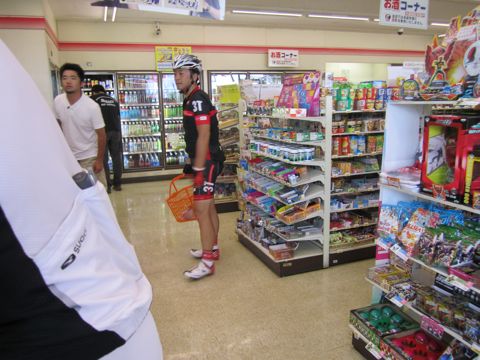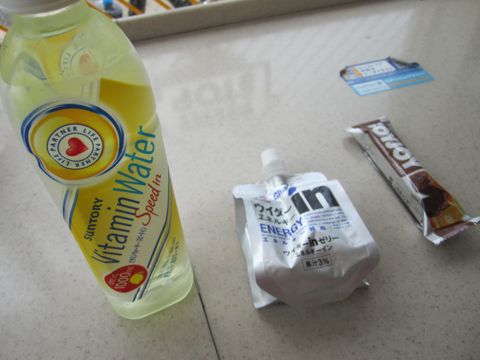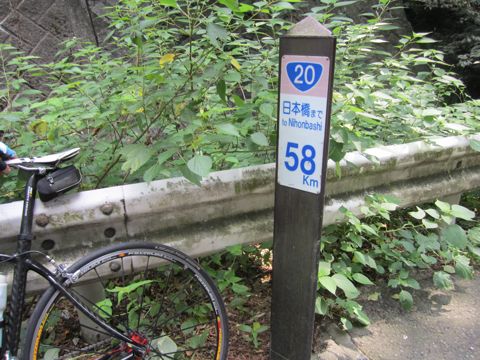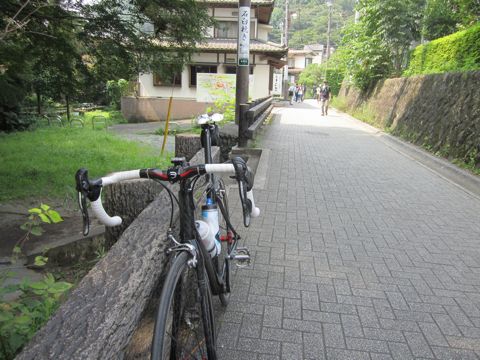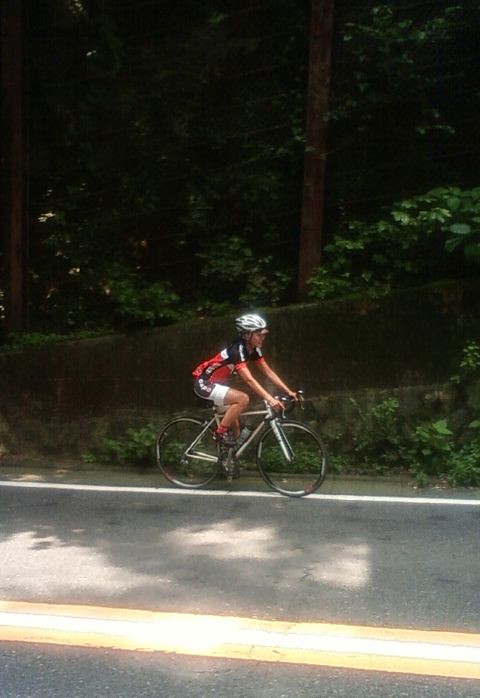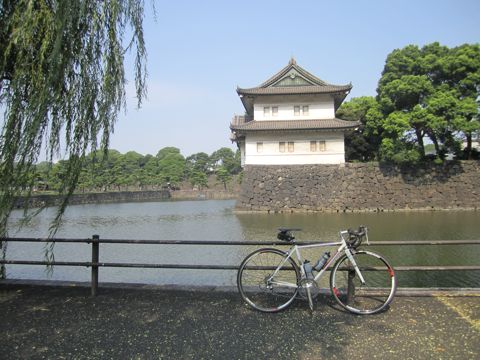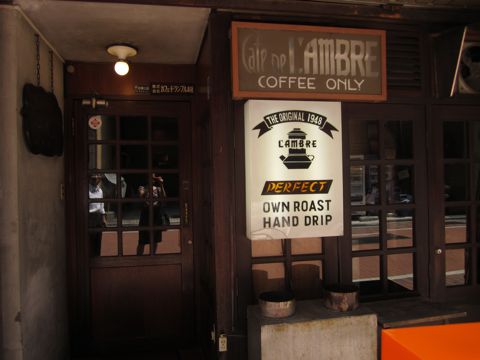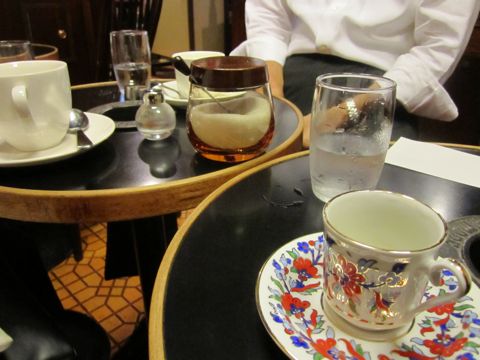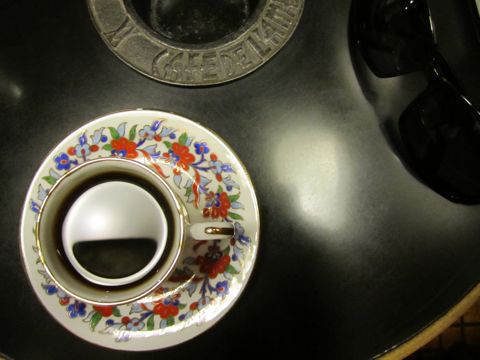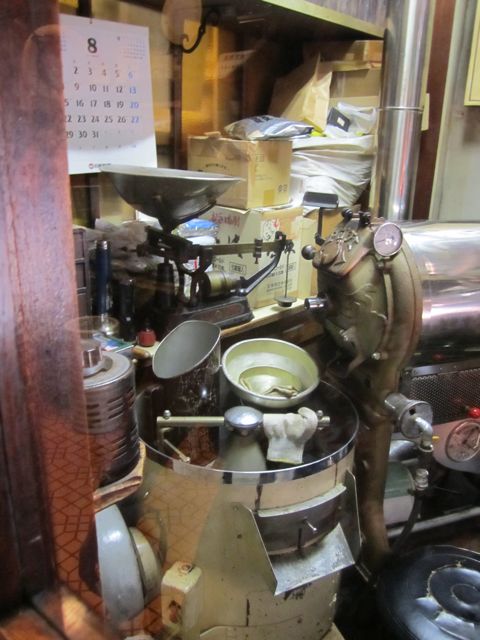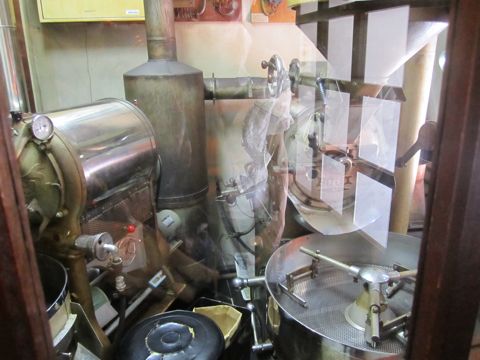My mother has imposed a recent rule in the house which forbids me from drinking tap water.
“Here,” she said, as she shoved a giant bottle of water towards me, “make your coffee with this from now on. And stop drinking water from the tap. There might be radiation in it.”
Since March 11th, my family has stopped buying domestic beef, everyone is currently avoiding vegetables, dairy, and rice from northeastern Japan, and half the lights in every building are turned off as Japan rushes to shut down every nuclear power plant in the country. And as someone who might still be alive in 30 years, my homecoming has forced my mother to throw more caution in the wind: buying crates of bottled water and giving me livid stares of outrage when I refused to use an umbrella to run an errand in misty showers.

This has resulted in regular thirst, and the odd feeling that I am wasting money whenever I consume bottled water. It’s a vicious cycle that has also affected when and how often I get on the bike. Like a dealer stepping on his supply, I cut my water with electrolyte sports drinks, squeezing out the value of every bottled drop. And holding out on my thirst, I like to tell myself that attaining that state of exhausted dehydration will make whatever I’m stuffing into my mouth taste that much better.
If you’ve ridden to the point of thirst on a bike before, you’ll know what I’m referring to. It’s that point at which Nuun-ed water tastes sweet, despite the fact that when you try to drink it when properly hydrated, it tastes sort of gross. Because we all lower the bar when it comes to food consumed on the bike. Tucked into a jersey pocket and exposed to 100+F heat for over three hours, even Clif bars soften and become somewhat more palatable. Ride long enough and the disturbing softness of Clif shot blocks turns into something to be grateful for - because, let’s face it: no Haribo gummi product can be chewed twice and then simply swallowed.

Which is why when Dave N. pulled out an orange package from his jersey pocket a few months ago, I was skeptical. “These are really, really good,” he said; those same words used to inaccurately describe Clif bars to me a few years ago. “They taste like real food,” Dave went on, as I politely nodded, reminding myself that even shot blocks can taste good when one is deprived of enough calories. “You can get them at REI,” he continued, as my interest waned further, my desire to walk the two extra blocks from Superb to REI quickly becoming a convenient excuse never to try these new bars.
But curiosity and the need for chamois cream got the better of me as I ended up at REI a few weeks later. By then inclined to believe Dave’s taste in most things [especially the gastronomical kind], and looking for a gluten-free alternative to Larabars, I grabbed a few Bonk Breakers on my way out: [Dave’s favorite] Peanut Butter and Jelly, and [my current favorite] the Almond Butter and Honey flavors.
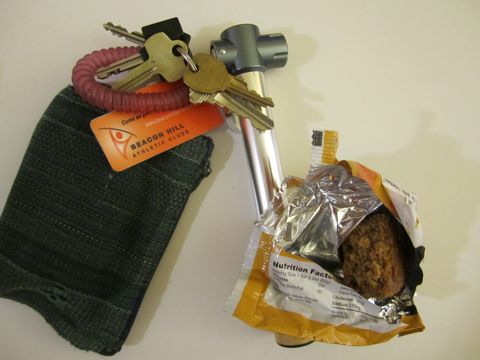
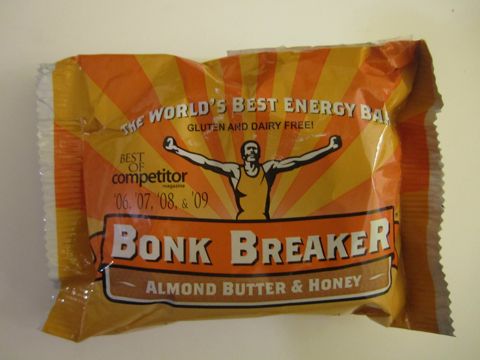
Oh. My. YUM.
Made primarily of oats, rice flour, and nuts, the most welcome thing about Bonk Breakers is that they’re soft. They’re softer to bite into than your typical slate-like Clif bar, and because they’re not dried-fruit based like Larabars, Bonk Breaker residue doesn’t tend to get stuck in your teeth. All the bars are also free of gluten, dairy, and soy, and perfectly sized to fit into jersey pockets. Not to mention how the Peanut Butter and Jelly flavor actually looks like a PB&J sandwich, and is actually delicious enough to eat off the bike.
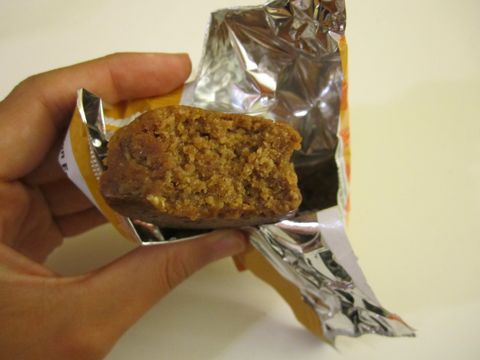
When I had a few packaging problems with one of their bars, Jason Winn, the founder of Bonk Breakers was kind enough to not only send me a few replacement bars, but also their newest Blueberry Oat flavor. More oat-y than the previous Bonk Breakers I’ve tried, it tasted like those muffins I'd been lusting after since cutting out wheat from my diet. Except with Bonk Breakers, you can tuck this one into your jersey without worrying about the crumbs and inevitable mid-ride muffin implosions.
Unfortunately, I’ve only found one bike store that keeps these bars in stock here in Tokyo. Good thing I’m headed stateside in a week for my best friend’s wedding…because a few boxes of these are definitely coming back with me.
[Now available at RSC!]

